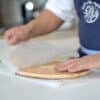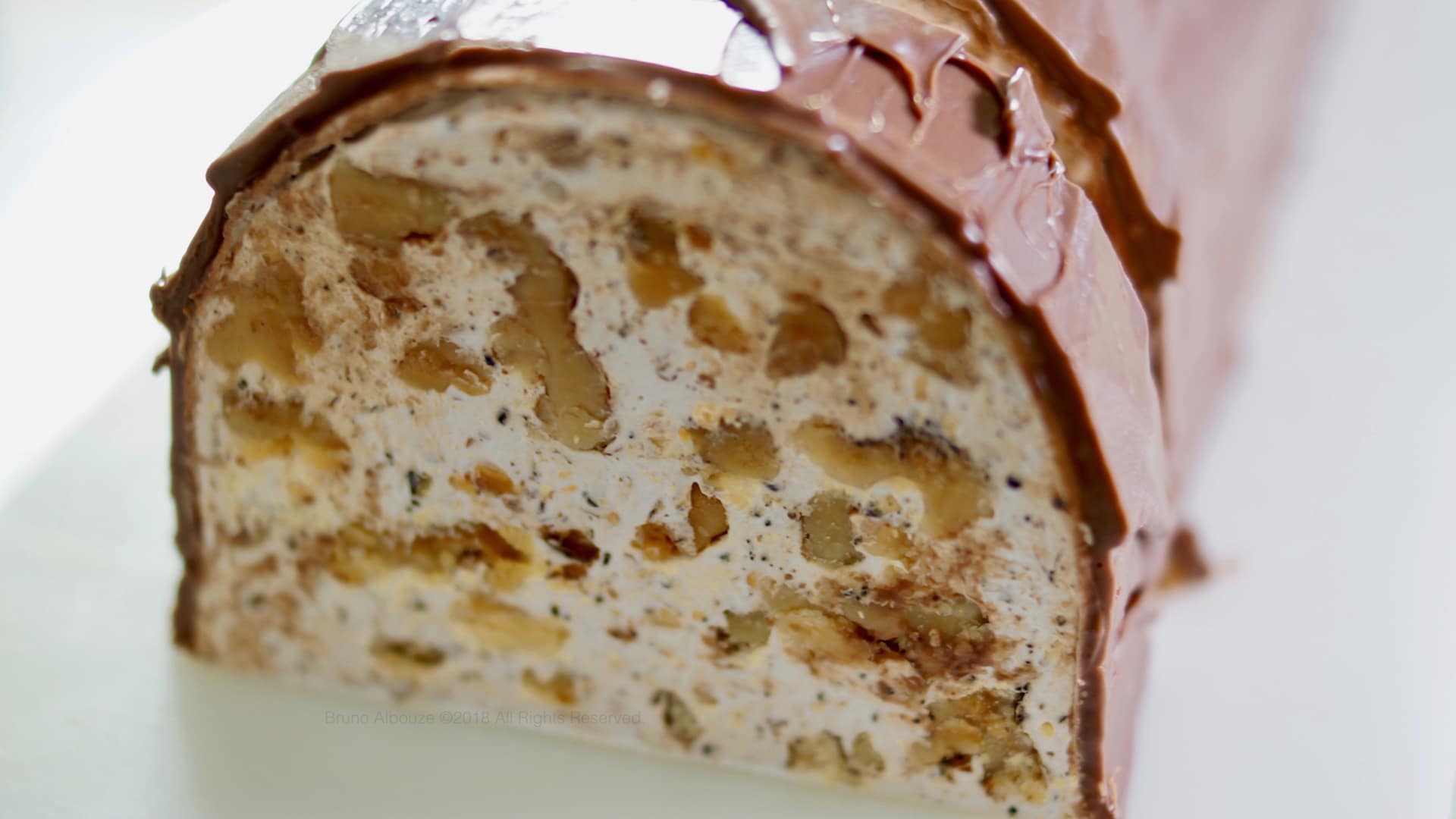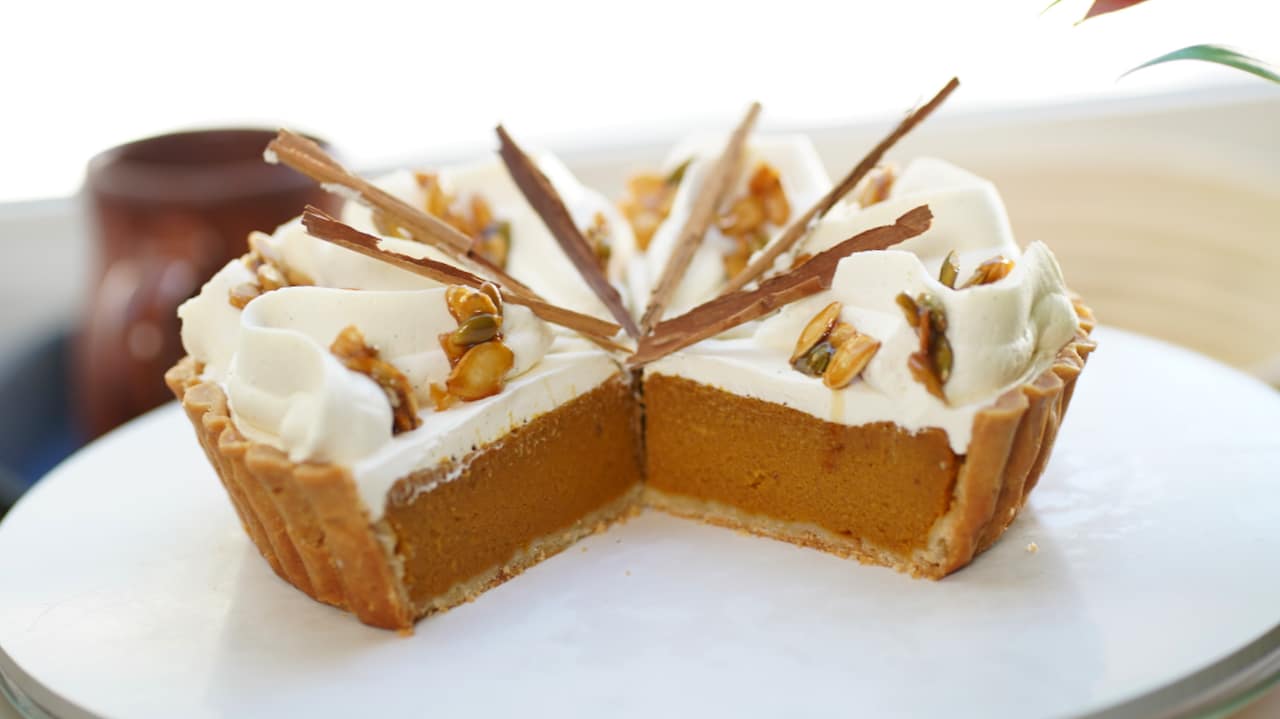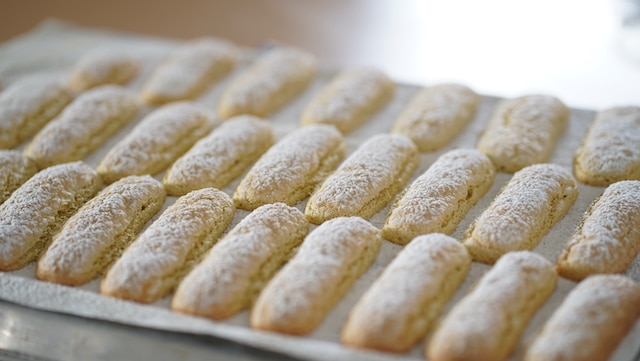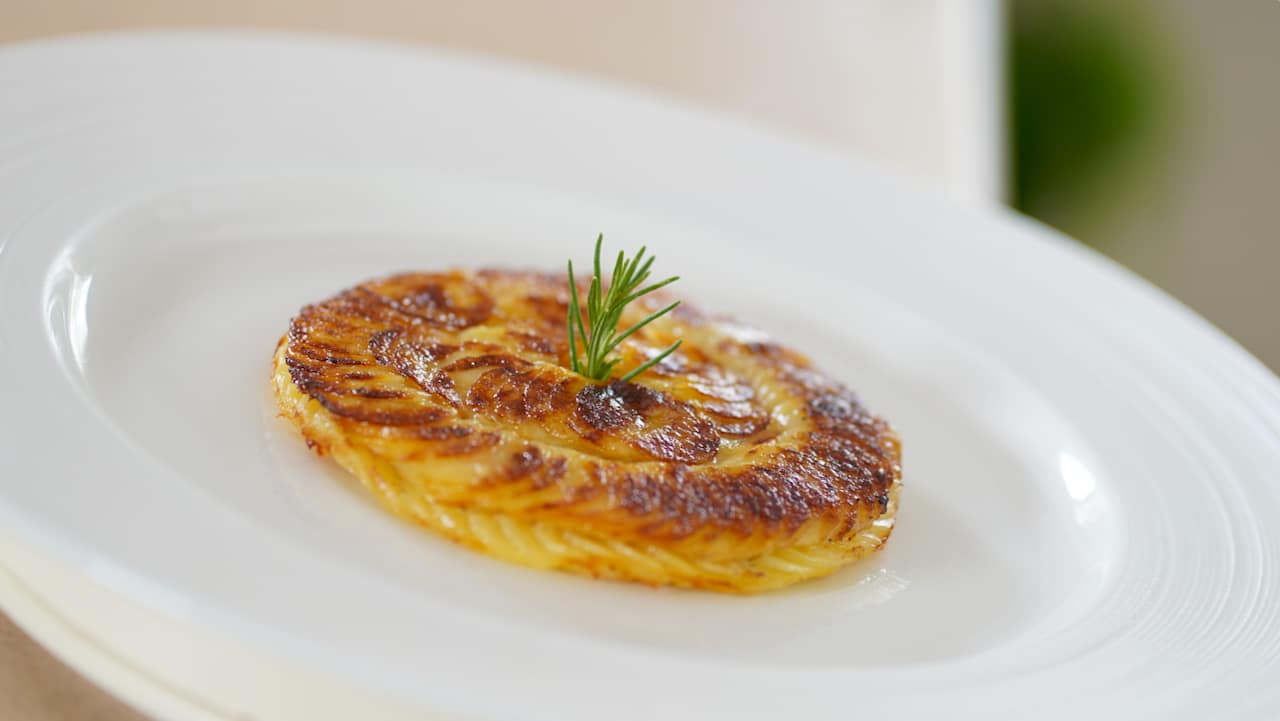Dacquoise
Please note: This recipe is part of the Premium section.
The Dacquoise is believed to have been created in or around the town of Dax (Likely 17th-18th Century). It was named after the feminine form of the French word for a person from Dax, a town in the southwestern region of Nouvelle-Aquitaine, France.
The fundamental invention was a meringue made with almond or hazelnut meal (powdered nuts) from which has perhaps later been an inspiration of the modern filled Macaron Gerbet invented by Pierre Desfontaines of Ladurée in Paris in the early 20th century. This addition of nut flour is what differentiates it from a basic meringue. The nuts give the baked meringue a chewier, more flavorful texture and make it less fragile. While the biscuit itself originated in Dax, the Dacquoise as we know it today—a sophisticated dessert composed of nut meringue layers and buttercream—was refined and popularized by French pâtissiers. Marie-Antoine Carême: Often called the "king of chefs and the chef of kings," Carême was a foundational figure in Grande Cuisine in the early 19th century. While he didn't "invent" the Dacquoise, he and his contemporaries were masters of perfecting and systematizing French pastry techniques. They elevated simple regional preparations into the elaborate, layered desserts we recognize today.
Please note that the full access to this content needs a "Year at the table" subscription: please sign up.
This recipe is a protected and only available for paid members. To obtain the full step by step recipe and detailed ingredients list, please sign up.
Preview the recipe
Dacquoise Biscuit
- Preheat fan oven to 340ºF/170ºC. In the stand mixer fitted with the whisk attachment, start beating egg whites with cream of tartar and one third of the sugar on medium speed. Meanwhile, toast hazelnuts in the oven for 10 minutes, or in a large skillet over the stove; cool off. In a food processor, blend together: powdered sugar, almond meal, and flour. Add the whole toasted hazelnuts, and give a few pulses to combine.
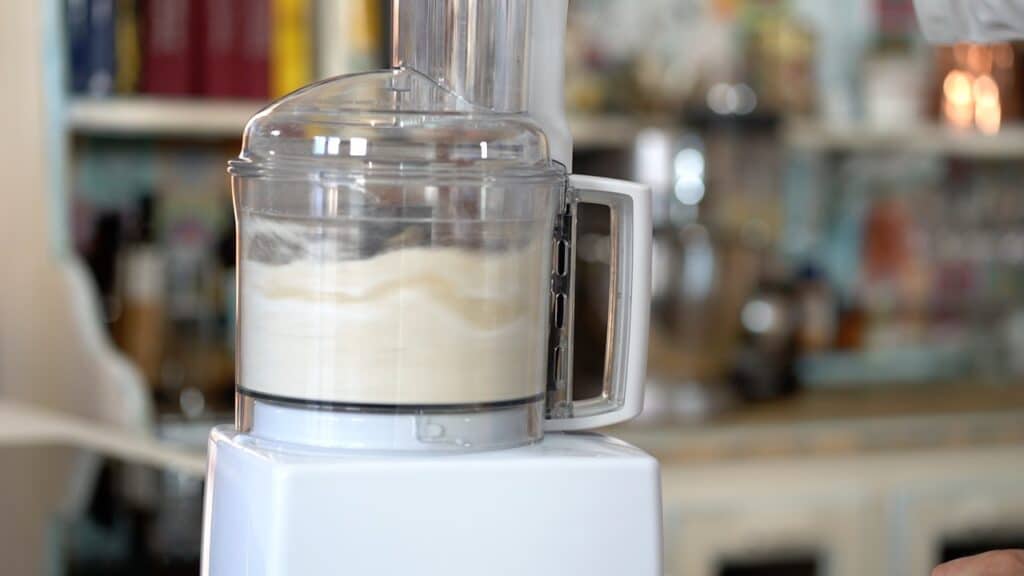
- Set mixer to high speed and beat egg whites to firm peaks adding remaining sugar gradually. Stop mixer, and fold the hazelnut-almond mixture in the meringue.
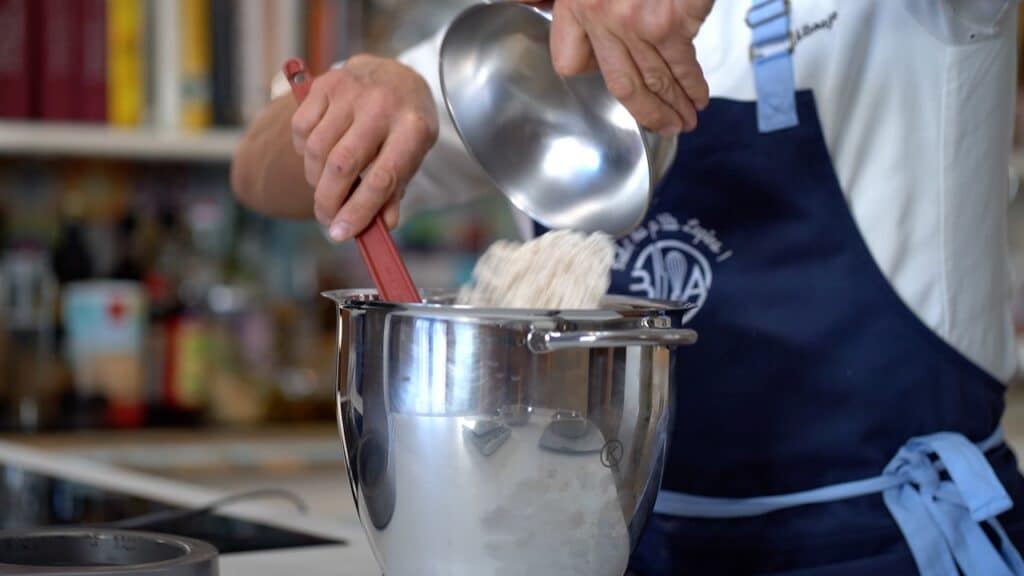
- Make 2 large disks or spread Dacquoise mixture into two 9X13-inch/23X33cm baking trays lined with a greased parchment paper or silicone baking mat.
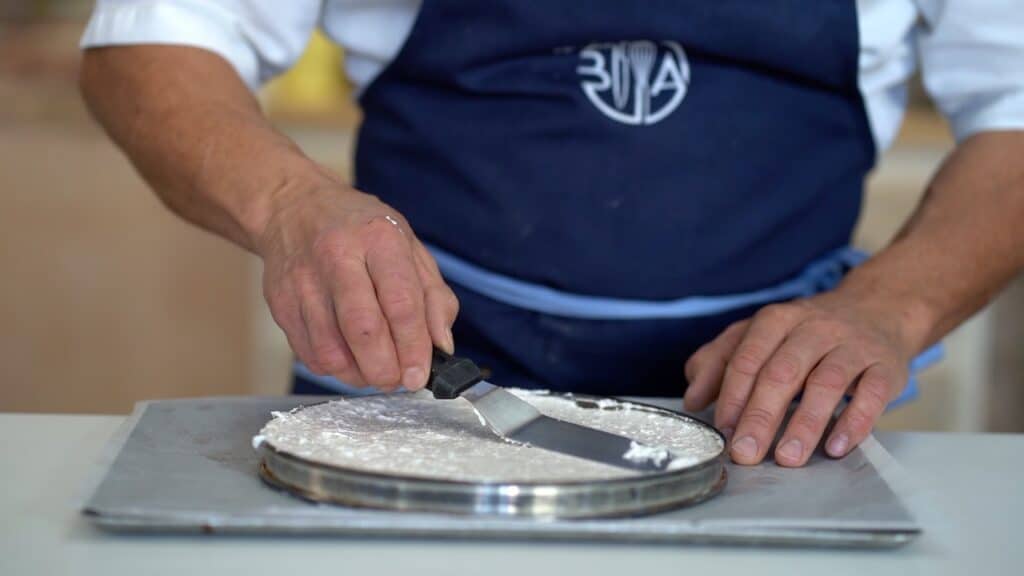
Baking
- Bake Dacquoise for 18-22 minutes.
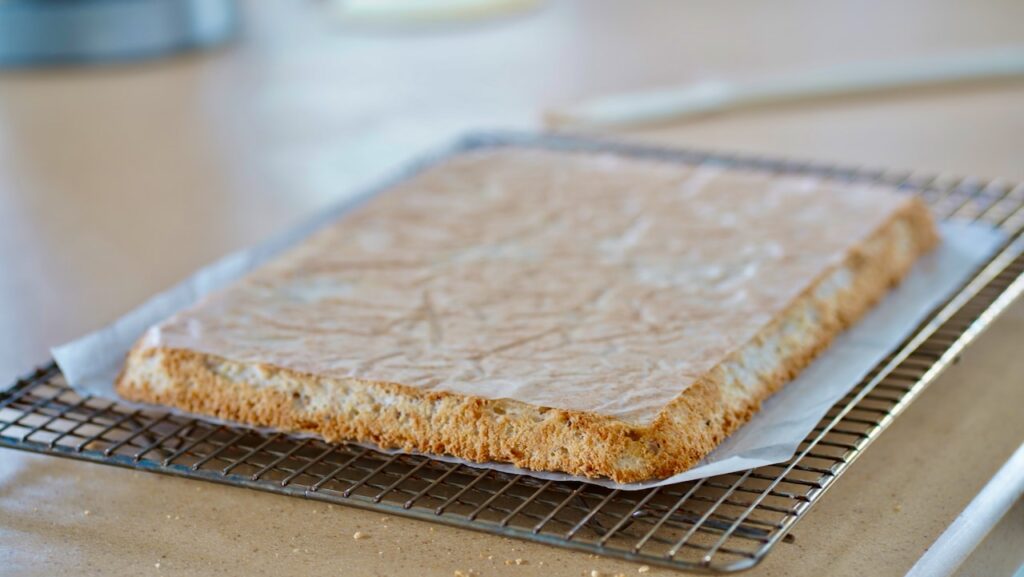
- Let cool. Then freeze Dacquoise 30 minutes and remove the parchment.
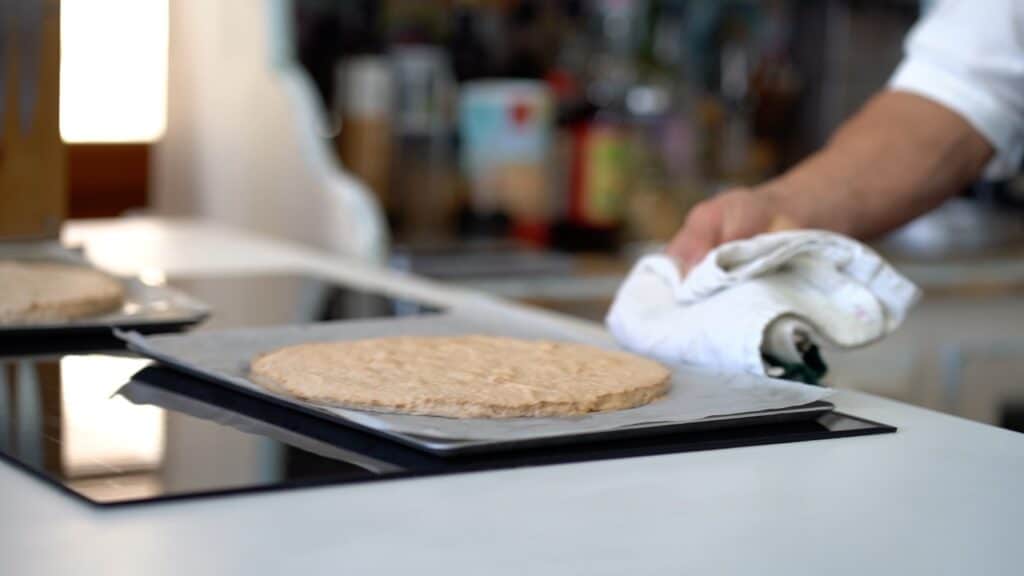
Storage
- Dacquoise biscuit can be made awhile in advance, wrapped and kept frozen for up to 3 months.
This content is part of the PREMIUM SECTION

This recipe requires a All-content access subscription. The Premium section includes more than 50 essential recipes from French pastry and a special section for mastering artisanal bread.
The Premium section is only accessible with "A year at the table" subscription. Discover it with special first year discount.

